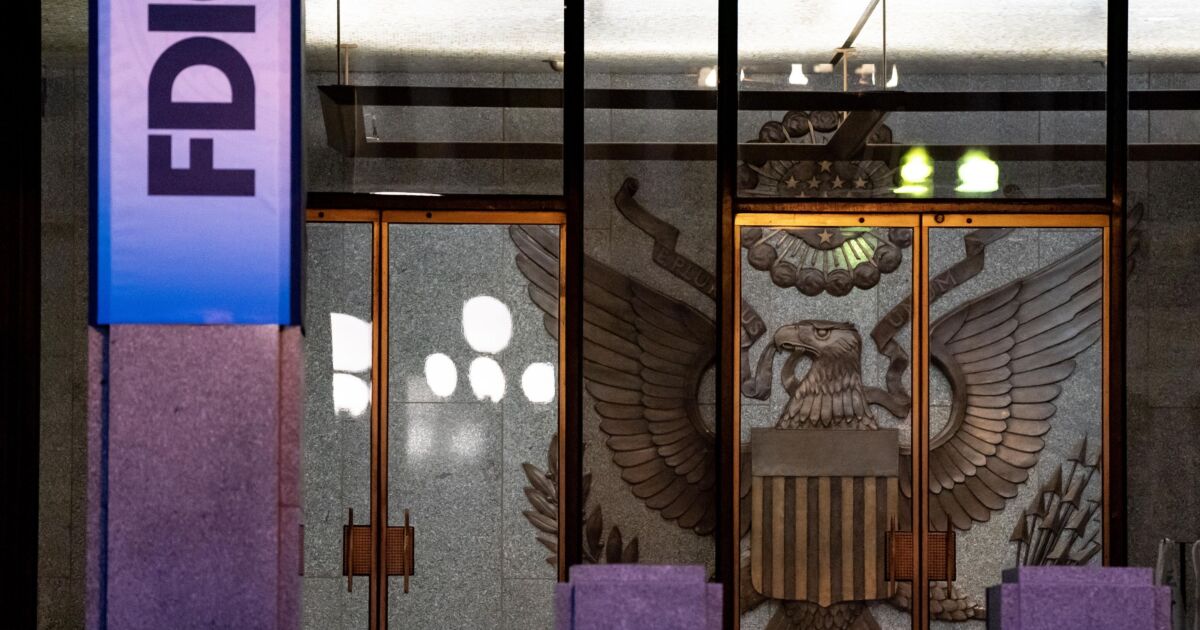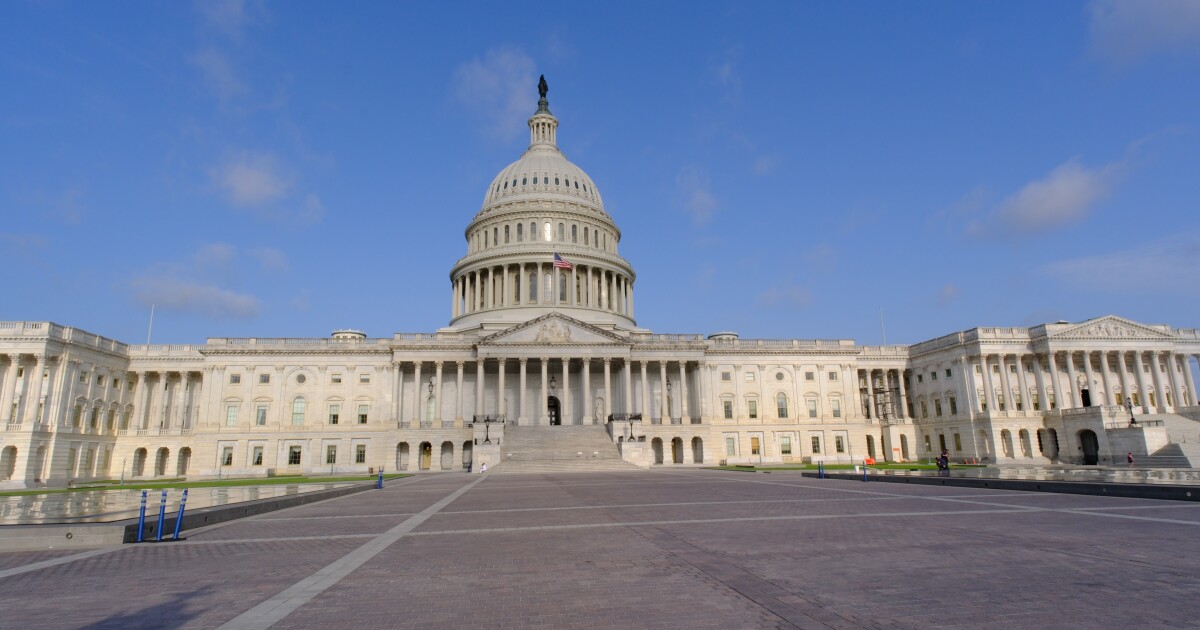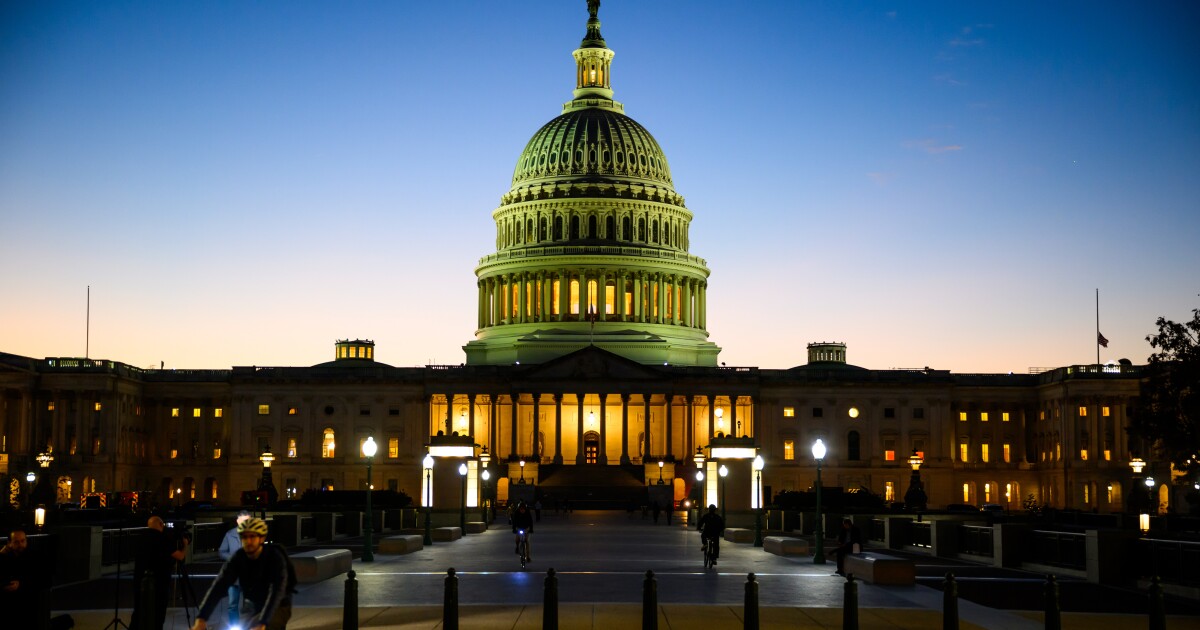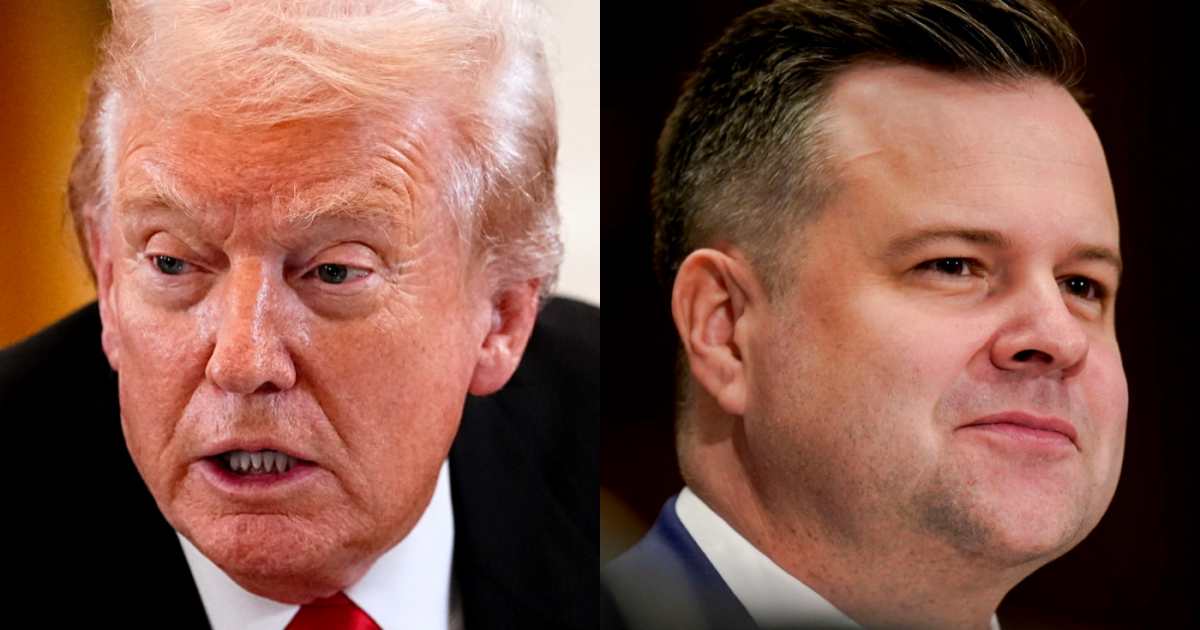
One year after Silicon Valley Bank and Signature Bank failed in the span of three days, big banks are miffed about their growing tab from last March's wild weekend.
The gripes stem from decisions made between March 10-12, 2023, when the Federal Deposit Insurance Corp. stopped deposit runs by taking over the two banks and declaring a systemic risk exception to ensure that the vast quantities of uninsured deposits at those failed banks were covered.
Bigger banks are largely responsible for paying for the failures under a process that banks say isn't transparent and is turning out to be more expensive than they thought. Last month, the FDIC increased the banks' tab to $20.4 billion, up from a prior estimate of $16.3 billion.
Bank lobbying groups say it's the latest sign of the agency seeming not to care about keeping banks' costs low.
"The full story of what the FDIC has been doing, or failing to do, over the past year is long overdue," the Bank Policy Institute, a trade group that represents large banks, said in a statement last week.
The FDIC says the costs tied to the SVB and Signature failures were always subject to change as the agency went through the nitty-gritty of unloading those banks' assets.
The agency did not comment on the record. But an FDIC official who spoke on condition of anonymity said the agency has worked to maximize returns on the failed banks' asset sales and that its rapid actions helped avert a broader and costlier bank panic.
The debate involves the "special assessment" that the FDIC is charging banks after the agency took the unusual step of covering the two failed banks' uninsured deposits, rather than just their FDIC-insured deposits.
The agency invoked a so-called systemic risk exception to cover the uninsured deposits in an effort to ensure that the two banks' corporate customers could make their payrolls the following week and prevent a deeper crisis of confidence in the banking system.
The FDIC estimated the cost of covering those deposits and resolving the banks at $16.3 billion when the agency finalized its special assessment in November. The charge was spread between some 114 banks that were selected because they held a certain level of uninsured deposits.
This year, however, the FDIC told those same banks that the cost has risen to $20.4 billion.
Karen Petrou, the co-founder of the consulting firm Federal Financial Analytics, said the $4 billion difference is a "very significant mistake" that calls into question the FDIC's credibility in gauging the costliness of bank resolutions.
"When an agency gets something this wrong, it's not unreasonable for those picking up the tab to ask," Petrou said.
The agency has been gradually getting rid of certain assets that First Citizens Bank and New York Community Bancorp did not acquire when they bought many of the remnants of the two failed banks. First Citizens bought much of SVB, and New York Community acquired parts of Signature.
In the Signature case, the FDIC has sold chunks of the failed bank's rent-controlled multifamily portfolio, as well as other commercial real estate loans. But it has avoided getting rid of the assets quickly, fearing that a fire sale might sharply drive down prices, making the failures more costly to banks and adding to existing stresses in the real estate market.
Still, the $4 billion increase in costs to banks may be a sign that the FDIC's asset sales are fetching more discounted prices than the agency once anticipated.
Last week, the Bank Policy Institute asked the FDIC to explain whether it's "maximized returns and minimized losses" in its handling of the failed banks.
The FDIC's notice that the industrywide cost had risen came as banks were preparing or releasing their annual reports to shareholders, forcing some individual banks to make last-minute disclosures to notify investors of the higher payments.
Pittsburgh-based PNC Financial Services Group said last week that it's now due to pay $645 million, up from its prior estimate of $515 million. Fifth Third Bancorp in Cincinnati, Regions Financial in Birmingham, Alabama, and the New York megabank Citigroup also told investors they're due to take bigger hits than they once thought.
Individual bank executives haven't been publicly critical of the FDIC, but lobbying groups that represent them have spoken out. It's part of a broader shift among trade groups to be more actively combative with regulators, said Ian Katz, a policy analyst at Capital Alpha Partners.
"We've seen over time, more and more open, direct, blunt criticism of the regulators," Katz said.
Banking trade groups are currently engaged in a
Part of the latest run-in centers around loans that two FDIC-run bridge banks, which were established after SVB and Signature failed, took from the Fed. The American Bankers Association said
The bridge banks had some loans outstanding from the Fed's discount window, a well-established borrowing source that banks can turn to if they come under stress. The loans helped the bridge banks meet the massive amount of deposit outflows they were seeing, even after federal regulators had taken action.
But once the bridge banks went into receivership, the Fed started charging a penalty that it has long assessed on entities that default on their obligations or are insolvent. The Fed can charge a penalty of up to 500 basis points.
The FDIC official who spoke on condition of anonymity said the agency was able to negotiate a penalty of 100 basis points, thus lowering the potential hit on surviving banks.
Rather than switching to a lower-cost loan once conditions in the financial markets settled, the FDIC chose to stick with the Fed loan. The FDIC official said that decision was made partly because much of the Fed loan had already been paid off and because the rates available were similar to the Fed's discount window rate.
The ABA is calling on the FDIC to disclose more details about its financing decisions. Banks "deserve an itemized receipt, or at least an explanation, for what appears to be a $2.5 billion penalty fee from the government," the trade group argued in its blog post.



